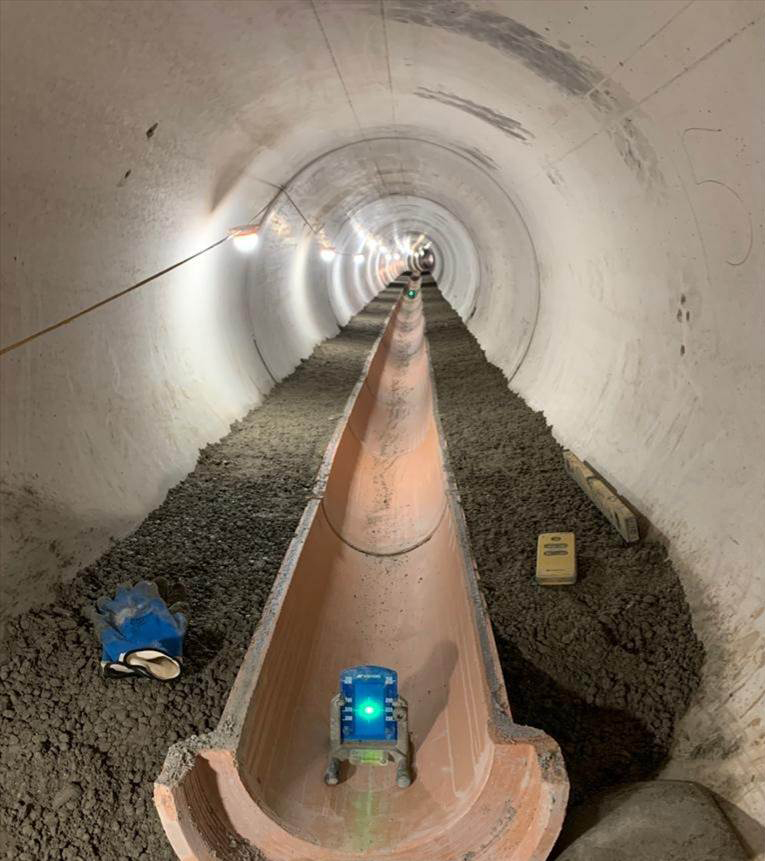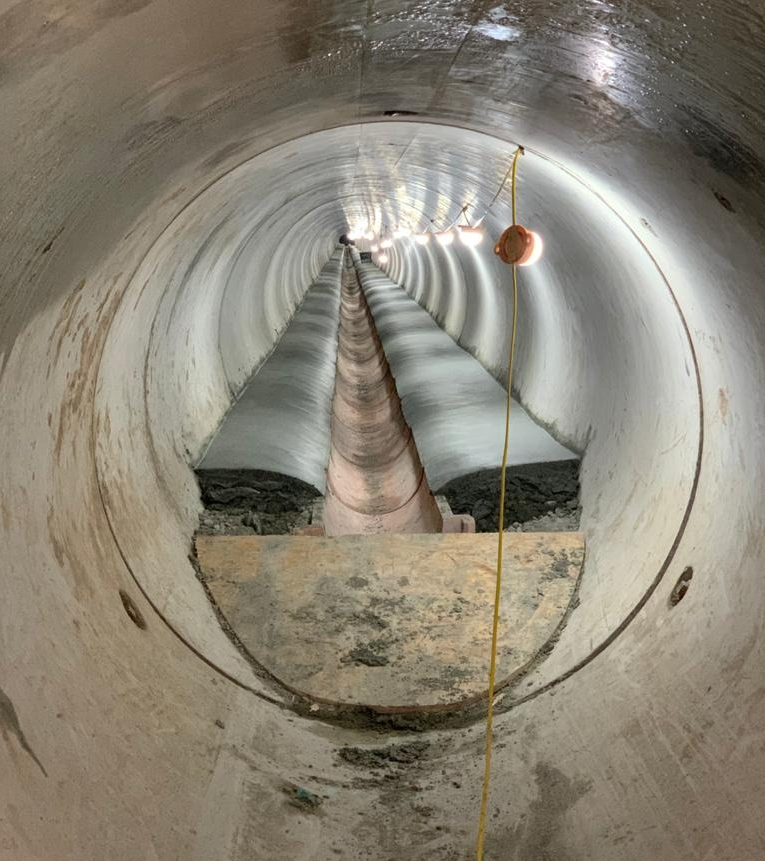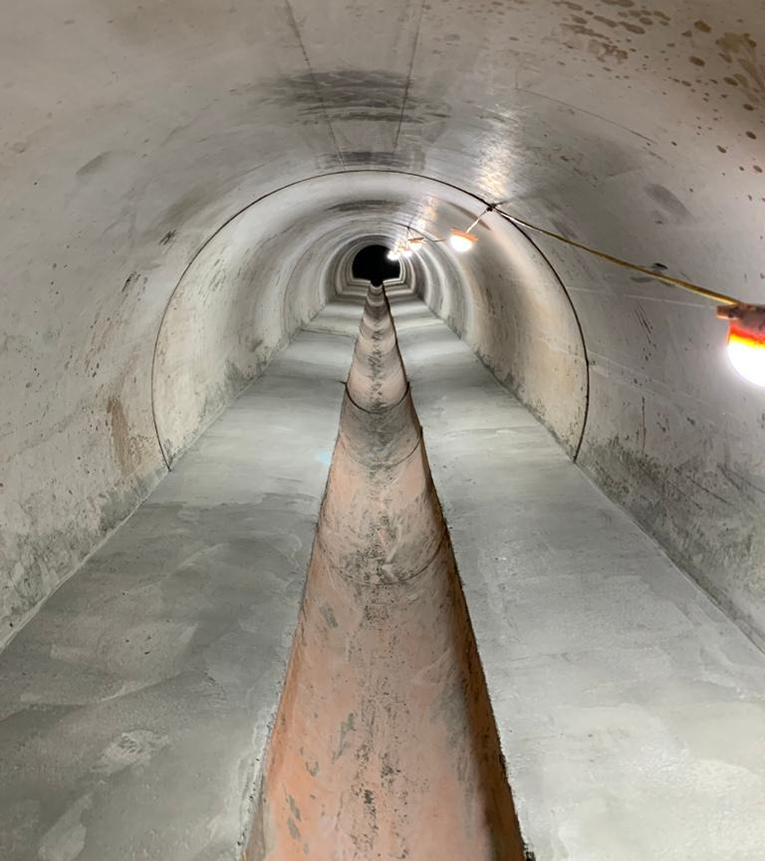Case Study Dry weather flow channel for Yorkshire Water, Hull
CPDA Member: Hepworth Clay (Wavin Ltd)
Client: Yorkshire Water, Hull.
Project: Replacement combined sewer with a larger concrete pipeline plus a 300mm diameter clayware dry weather flow channel.
A combined sewer carries both foul and surface water flows and are typically found in the UK’s older cities and in larger pipelines, they were originally installed this way for ease of construction, and are difficult to separate due to the number of intersecting combined connections and separating all of their upstream flows as well, some being adopted by the water company and most in private ownership adding to the complexity and difficulty, making it virtually impossible to separate these systems completely.
To function correctly a combined sewer has to work well in both periods of heavy rainfall and no rainfall.
The larger pipeline is there to provide a larger flow capacity to cope with peak combined flows generated by significant rainfall events. The dry weather channel is there to improve hydraulic flow conditions for the foul water component in periods of no rainfall, by concentrating the foul water flow in a smaller central channel, increasing the flow depth and velocity, removing the prospect of stagnant sewage occurring.



The new concrete pipeline is laid first. Then, the clayware channel is added from the inside of the pipeline by placing it on to a bed of semi-dry concrete in the centre of the pipe.
A hard wearing surface ‘benching’ is applied from the inside wall of the concrete pipe to edge of the clay channel at a slight self-cleansing gradient perpendicular to the pipe walls in the form of a cement mortar mix containing granolithic dust and chippings, to provide a smooth and durable benching.
